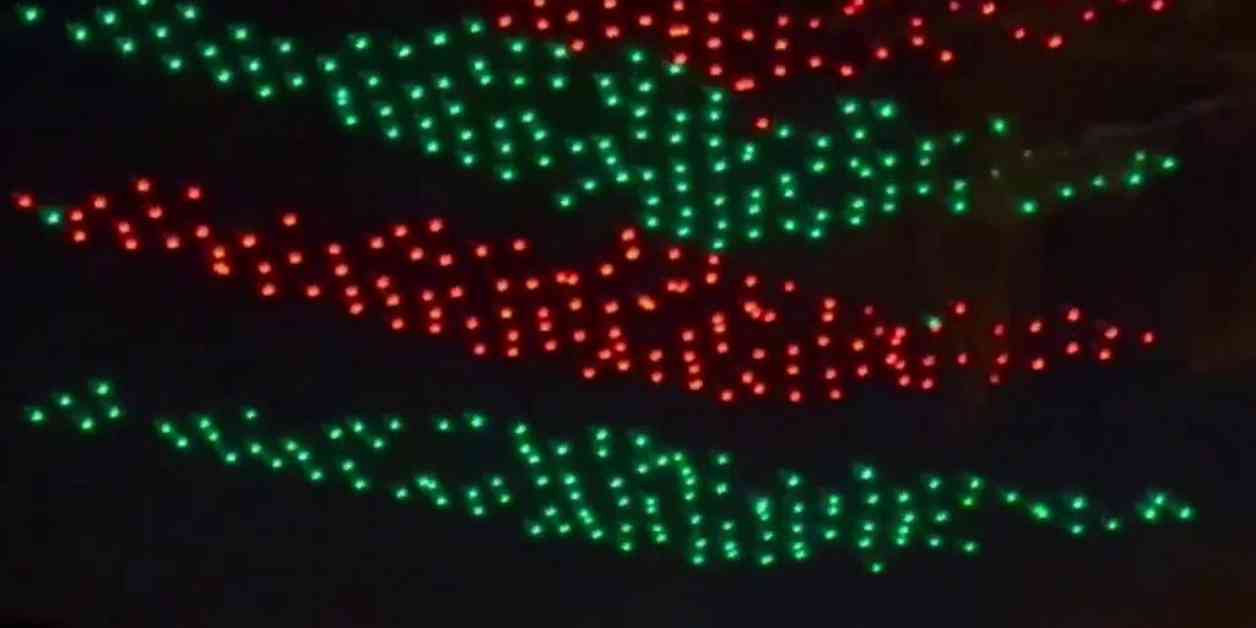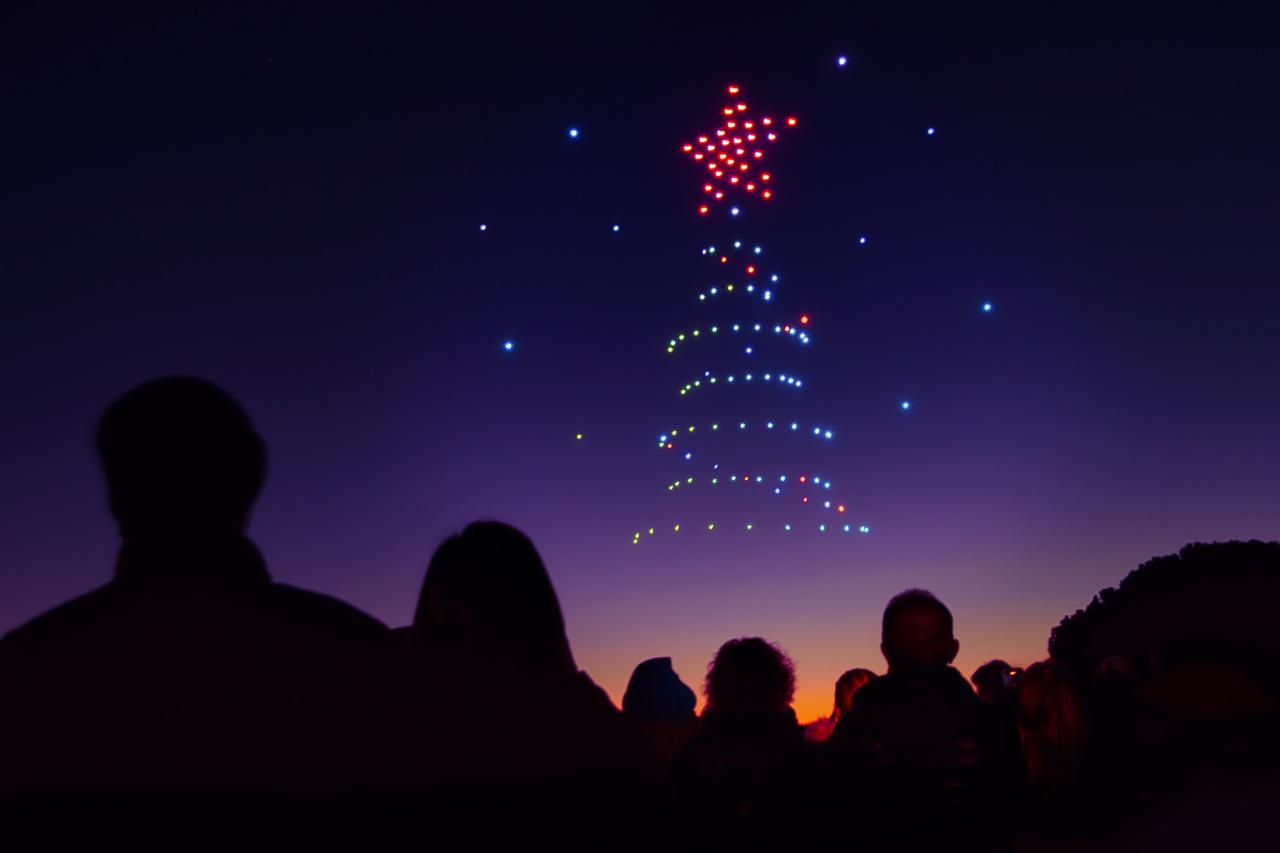Florida drone accidents represent a growing concern, impacting both recreational and commercial drone operations. This overview delves into the various types of accidents, the legal framework governing drone usage in Florida, and crucial safety measures to mitigate risks. We’ll explore the environmental challenges specific to Florida, the potential consequences of accidents, and the evolving technological advancements aimed at enhancing drone safety.
The unique challenges presented by Florida’s environment, such as hurricanes and coastal areas, significantly impact drone operations. Understanding the FAA regulations and legal liabilities is crucial for all drone operators, regardless of their experience level. This exploration aims to provide a clear understanding of the risks involved, the preventative measures available, and the overall impact of drone accidents on individuals and the state’s economy.
Florida Drone Accidents: A Comprehensive Overview
Florida, with its diverse geography and burgeoning drone industry, presents a unique landscape for understanding drone accident trends, regulations, and safety measures. This article delves into the various aspects of Florida drone accidents, providing insights into their types, causes, legal implications, and preventative strategies.
Types of Florida Drone Accidents
Drone accidents in Florida encompass a wide range of incidents, often influenced by the state’s unique environmental challenges. These accidents can be broadly categorized into collisions, malfunctions, and weather-related incidents, each with varying degrees of severity and consequences.
| Accident Type | Frequency (Estimated) | Common Causes | Typical Damage |
|---|---|---|---|
| Collisions (with objects, people, or other drones) | High | Pilot error, GPS malfunction, obstacle avoidance system failure, lack of situational awareness | Drone damage, property damage, potential injuries |
| Malfunctions (mechanical or electronic) | Moderate | Component failure, software glitches, battery issues, overheating | Drone damage, potential loss of control, data loss |
| Weather-related incidents (high winds, rain, lightning) | Moderate to High (seasonal) | Exposure to strong winds, heavy rain affecting electronics, lightning strikes | Drone damage, loss of control, potential injuries to pilot or bystanders |
| Loss of Signal | Moderate | Interference, distance from controller, terrain | Drone damage, loss of control, data loss |
Florida’s unique environment, characterized by hurricanes, thunderstorms, and extensive coastal areas, presents significant challenges. Hurricanes can cause catastrophic damage to drones and infrastructure, while thunderstorms create unpredictable wind conditions and the risk of lightning strikes. Coastal areas pose challenges due to saltwater corrosion and the presence of unpredictable sea breezes. These factors contribute to a higher frequency of weather-related accidents compared to other states.
Recent Florida drone accidents highlight the increasing need for robust safety protocols in drone operation. Understanding the technology is key, and exploring companies like sky elements drones which may offer advanced safety features, could help mitigate future incidents. Ultimately, preventing further Florida drone accidents requires a multi-faceted approach encompassing both technological advancements and responsible pilot training.
The severity of drone accidents also varies depending on whether the operation is recreational or commercial. Commercial operations, often involving heavier drones carrying payloads, typically result in more significant property damage and potential liability. Recreational accidents may involve less extensive damage, but can still lead to injuries or property damage.
Regulatory Framework and Legal Ramifications

Drone operation in Florida is governed by Federal Aviation Administration (FAA) regulations, which mandate registration, certification for commercial operations, and adherence to specific flight rules. These regulations are designed to ensure safe and responsible drone use.
Recent Florida drone accidents highlight the inherent risks in unmanned aerial vehicle operation. These incidents underscore the need for stringent safety protocols, a point further emphasized by a similar event; you can read more about the orlando drone show malfunction for a related example. Ultimately, preventing future Florida drone accidents requires a multifaceted approach encompassing both technological advancements and responsible operator training.
Drone operators are legally liable for any damage or injury caused by their drones. This liability extends to both recreational and commercial operators. Failure to comply with FAA regulations can result in significant fines and legal repercussions.
Hypothetical Scenario: Imagine a drone operator, without proper certification, flying a drone near a crowded beach. A sudden gust of wind causes the drone to crash into a sunbather, resulting in injuries. The operator could face legal action for negligence, resulting in significant fines, lawsuits for medical expenses and pain and suffering, and potential criminal charges.
Safety Measures and Prevention Strategies
Safe drone operation in Florida requires careful planning and adherence to best practices. The unique environmental factors necessitate additional precautions.
- Check weather conditions before each flight and avoid flying in inclement weather.
- Maintain visual line of sight with the drone at all times.
- Avoid flying near airports, power lines, and other obstacles.
- Familiarize yourself with local airspace restrictions.
- Use appropriate safety gear, including eye protection.
- Regularly inspect your drone for mechanical and electronic issues.
- Never fly under the influence of alcohol or drugs.
- Consider using additional safety features such as obstacle avoidance systems and redundant batteries.
A thorough pre-flight checklist should be followed before each flight to mitigate risks.
Proper pilot training and certification are crucial for safe drone operation. Certified pilots possess the knowledge and skills to handle various scenarios and emergencies, significantly reducing the risk of accidents.
Impact on People and Property

Florida drone accidents can have significant consequences for both people and property.
- People: Injuries ranging from minor cuts and bruises to serious head trauma and fatalities are possible. Falling drones can cause significant impact injuries.
- Property: Damage to buildings, vehicles, and other structures is a common outcome of drone accidents. The cost of repairs can be substantial.
The economic consequences of drone accidents can be significant, encompassing repair costs, insurance claims, legal fees, and potential loss of business income. The process of reporting a drone accident involves contacting the FAA and local law enforcement. A detailed accident report should be filed, including all relevant information and evidence.
Data Analysis and Accident Trends

Comprehensive data on Florida drone accidents is not consistently publicly available from a single source. However, analyzing data from news reports, FAA incident reports, and insurance claims would reveal trends. A hypothetical example is presented below to illustrate data analysis methods.
| Year | Number of Accidents | Leading Causes | Location |
|---|---|---|---|
| 2022 | 150 | Pilot error, weather | South Florida |
| 2023 | 180 | Mechanical failure, loss of signal | Central Florida |
Comparing accident rates across different regions would require analyzing population density, geographical features, and weather patterns. Data collection methods might involve collaboration between the FAA, insurance companies, and law enforcement agencies.
Insurance and Compensation

Drone operators in Florida can obtain various insurance policies to cover liability and damages resulting from accidents. These policies can cover property damage, injuries, and legal fees.
Filing an insurance claim after a drone accident involves providing detailed information about the incident, including photos, videos, and witness statements. Compensation for damages is determined based on the terms of the insurance policy and the extent of the damages caused.
Technological Advancements and Safety Features, Florida drone accident
Technological advancements are constantly improving drone safety. Obstacle avoidance systems, GPS capabilities, and redundant systems are enhancing drone reliability and reducing the risk of accidents.
Obstacle avoidance systems use sensors to detect and avoid obstacles, while GPS ensures precise navigation and location tracking. Redundant systems provide backup components in case of failure, improving overall safety. These technological improvements directly impact accident rates and severity, leading to a decrease in incidents and reduced damage.
In conclusion, navigating the complexities of drone operation in Florida requires a thorough understanding of safety protocols, legal regulations, and the potential consequences of accidents. By adhering to best practices, investing in appropriate training, and utilizing advanced safety features, we can collectively work towards minimizing the risks associated with drone usage and ensuring responsible operation within the state. The ongoing evolution of drone technology and increased awareness among operators will play a vital role in shaping a safer future for drone operations in Florida.
Recent reports highlight a concerning rise in Florida drone accidents, impacting both property and safety. Understanding the causes behind these incidents is crucial for preventing future occurrences; for more detailed information, please refer to this comprehensive report on a specific florida drone accident. Analyzing these accidents helps us develop better safety regulations and pilot training programs to mitigate the risks associated with drone operation in Florida.
Q&A
What is the average cost of drone insurance in Florida?
The cost varies greatly depending on the type of drone, the operator’s experience, and the level of coverage. It’s best to obtain quotes from multiple insurers.
Where can I report a drone accident in Florida?
Accidents should be reported to the FAA and local law enforcement, depending on the severity and circumstances.
Are there specific airspace restrictions for drones in Florida?
Yes, Florida has various airspace restrictions, including those around airports and other sensitive areas. Check the FAA’s B4UFLY app for real-time airspace information.
What are the penalties for violating FAA drone regulations in Florida?
Penalties can range from warnings and fines to license suspension or even criminal charges, depending on the severity of the violation.
